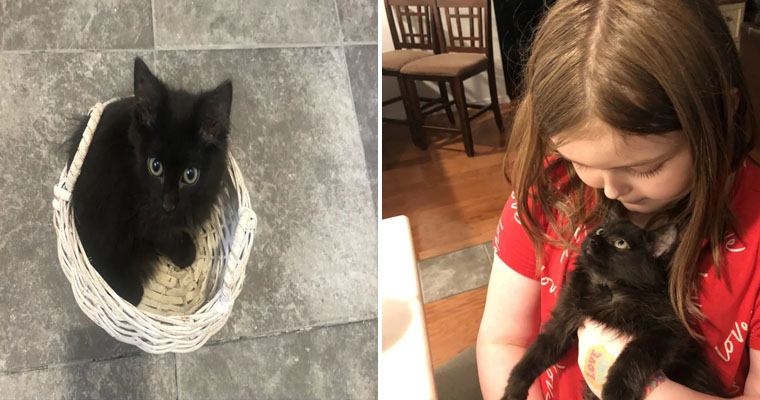Have you ever seen the lesser bird of paradise? I’m not sure why it has the word “lesser” because when you take one look at it, you’ll fall in love and would be mesmerized by its beauty!
Scientifically known as Paradisaea minor, these 32cm long birds are mostly found in Papua New Guinea, Misool and Yapen. Male birds have deep maroon feathers, a bright yellow crown, a frost blue beak, and a buff upper back.
Their throats are stunning emerald-green and, to add to their beauty, a pair of long-tail wires and elongated flank plumes complete their look. The females, on the other hand, have deep maroon feathers, a brown head, and a pearly white belly.
Young birds, regardless of gender, look more like females than males. The lesser birds of paradise prefer to stay in rainforests and swamp forests for the humidity and ample food supply.
Although they can easily adapt and adjust to different environments, they prefer to be at altitudes of 1,550 meters. Their diet is mainly composed of fruits and arthropods.
When it comes to breeding, the season starts in July and ends in February. The male bird woos the female by putting up the best display and if the female bird is impressed she begins building a strong nest from sticks, twigs, fallen leaves, and vines.
The nest is placed about six meters from the ground and is fastened to the tree using plant fibers and rootles. The female then lays 1-2 eggs, incubates them for about 20 days, and cares for the young after they hatch.
Females are known to lay up to 12 eggs, and being the one-woman-army, she alone cares for her young. Here are more facts about the stunning lesser bird-of-paradise!
Males are polygamous and court females in leks!
A single lek can have up to 12 adult males or a combination of juveniles and adults, all with a single aim of impressing the female. Older males occupy the center of lek.
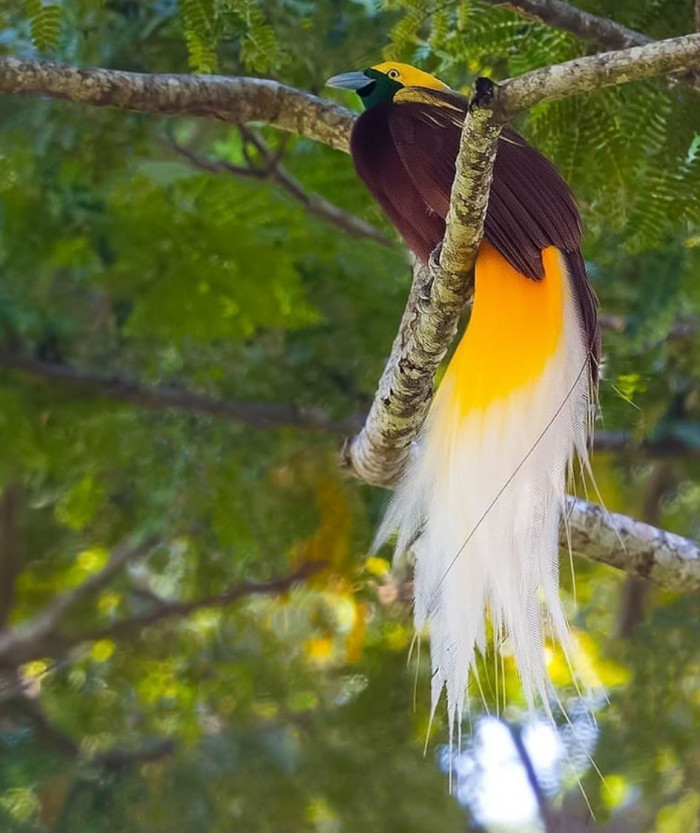
Instagram/travel.sapience
They’re mostly hunted by snakes, owls and hawks.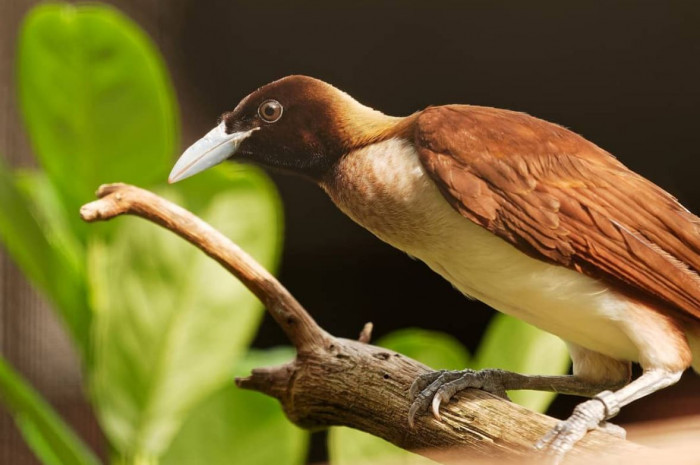
Instagram/michael___70
Although their population is declining, they’re not endangered. According to experts, they’re not globally threatened.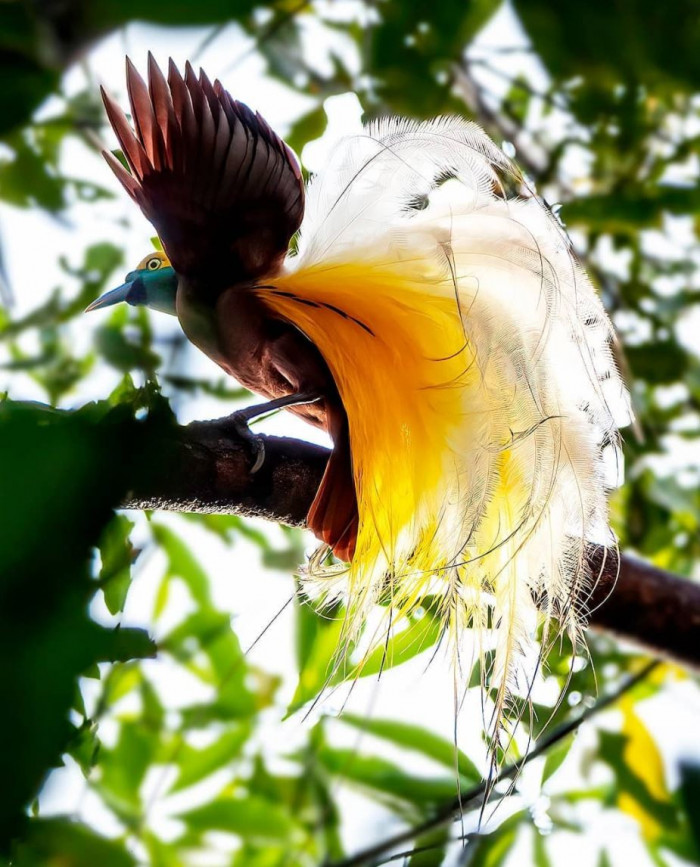
Instagram/takanagaphotogallery
They’re solitary birds who come together only during mating.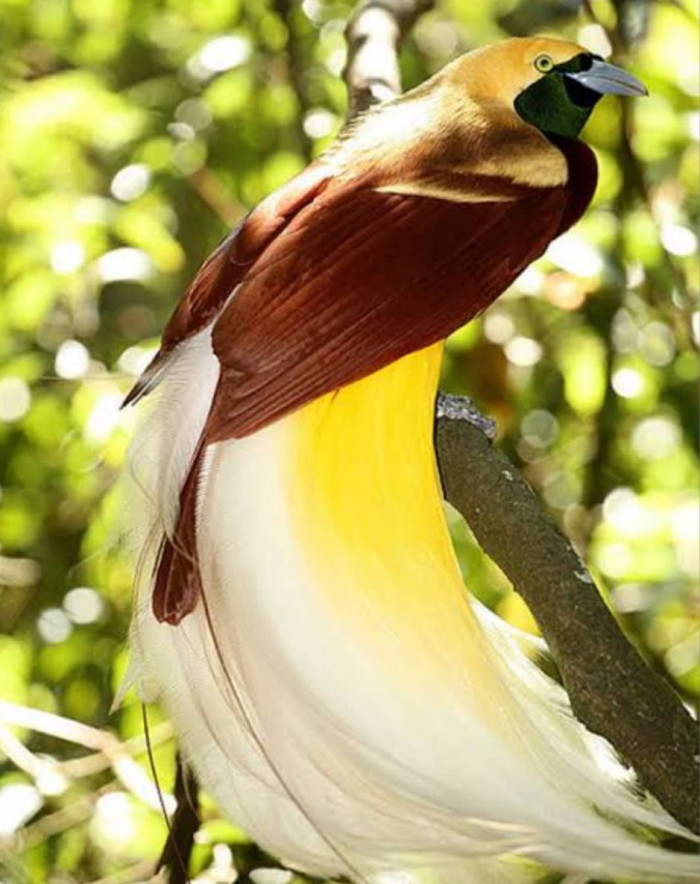
Instagram/you_mayknowthis
The average lifespan of these birds is five to eight years.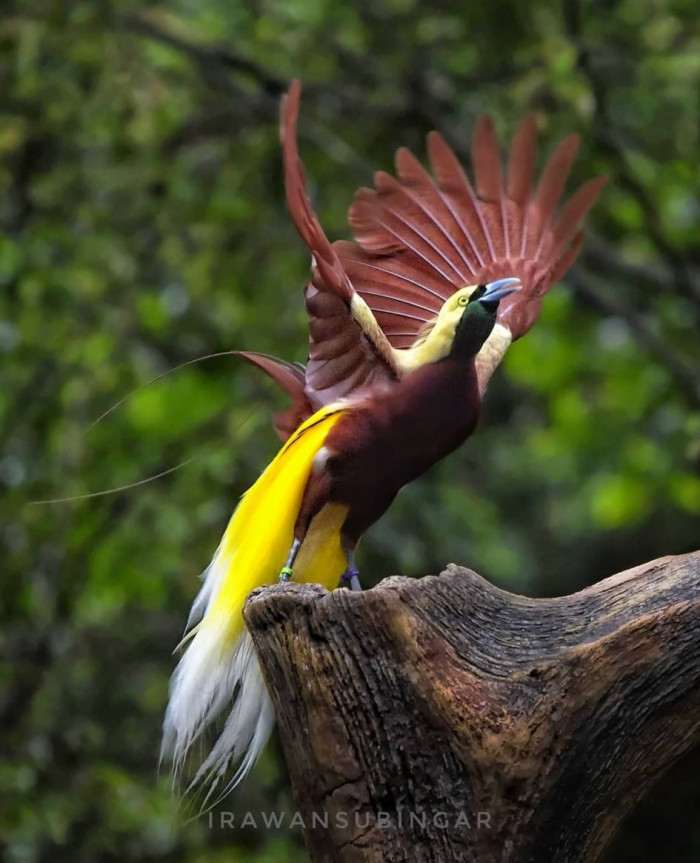
Instagram/irawan.subingar
Juvenile nestlings leave the nest about 20 days after hatching.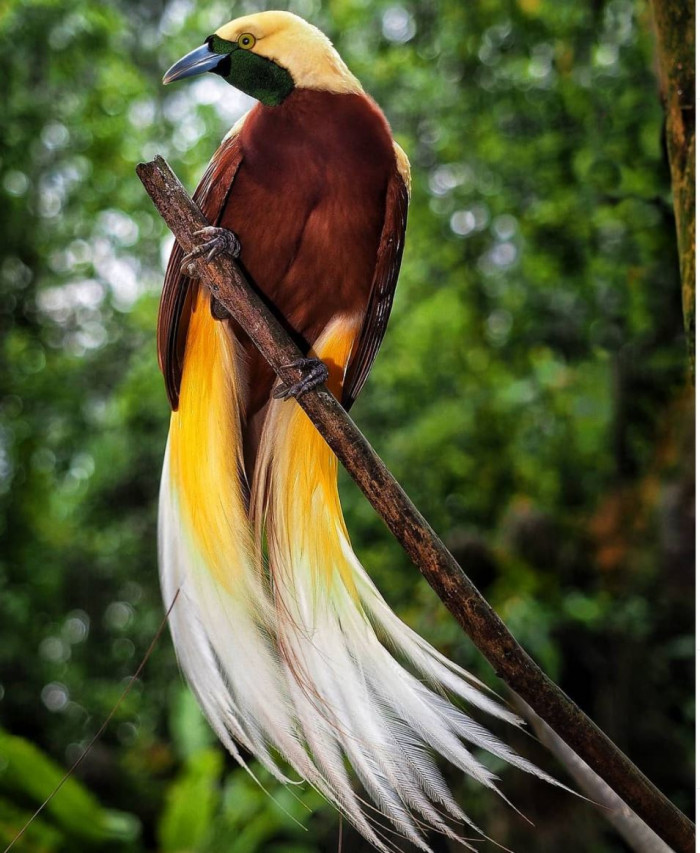
Instagram/irawan.subingar
Although these birds are tolerant, their temperament can change if their territory is invaded.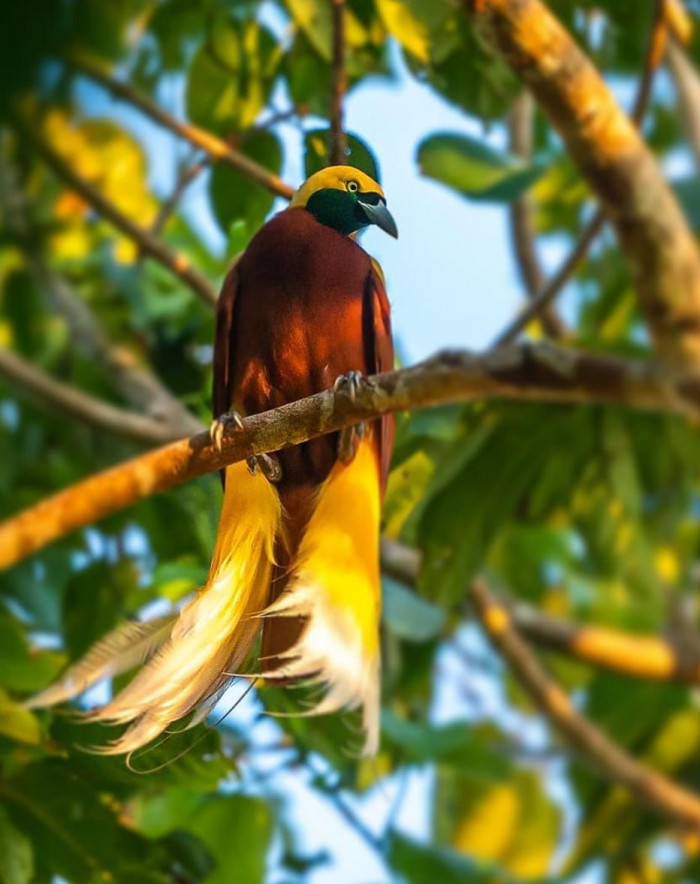
Instagram/the_valluri_photography
They use a series of high-pitch “wak” sounds to communicate with each other. Their long notes include “wik-wong-wau-wau”.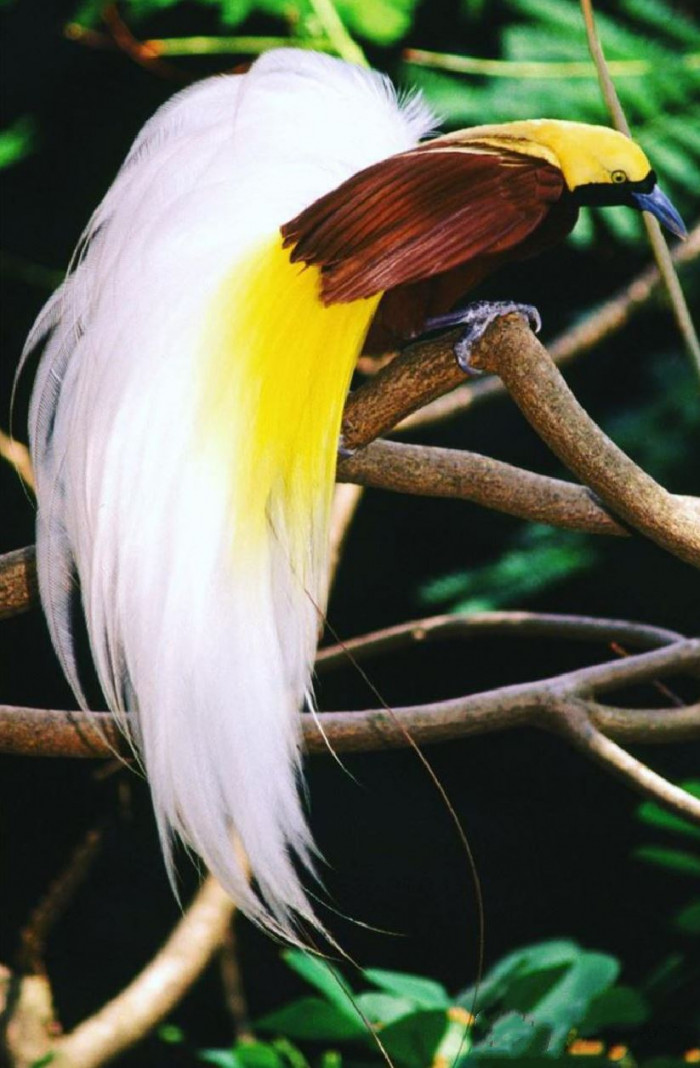
Instagram/therealbirdsofparadiseListen to the majesty of the lesser bird-of-paradise below:
Although they’re not poisonous, these birds prefer to be left alone. They’re not harmful as long as they’re not threatened in any way.
These birds survive best in the wild and in some zoos with special conditions to meet their living conditions and preferences and thus they’re not pets and shouldn’t be caged at home.
That said, there’s no way you’d consider this bird any lesser than its counterpart – the greater bird of paradise!



